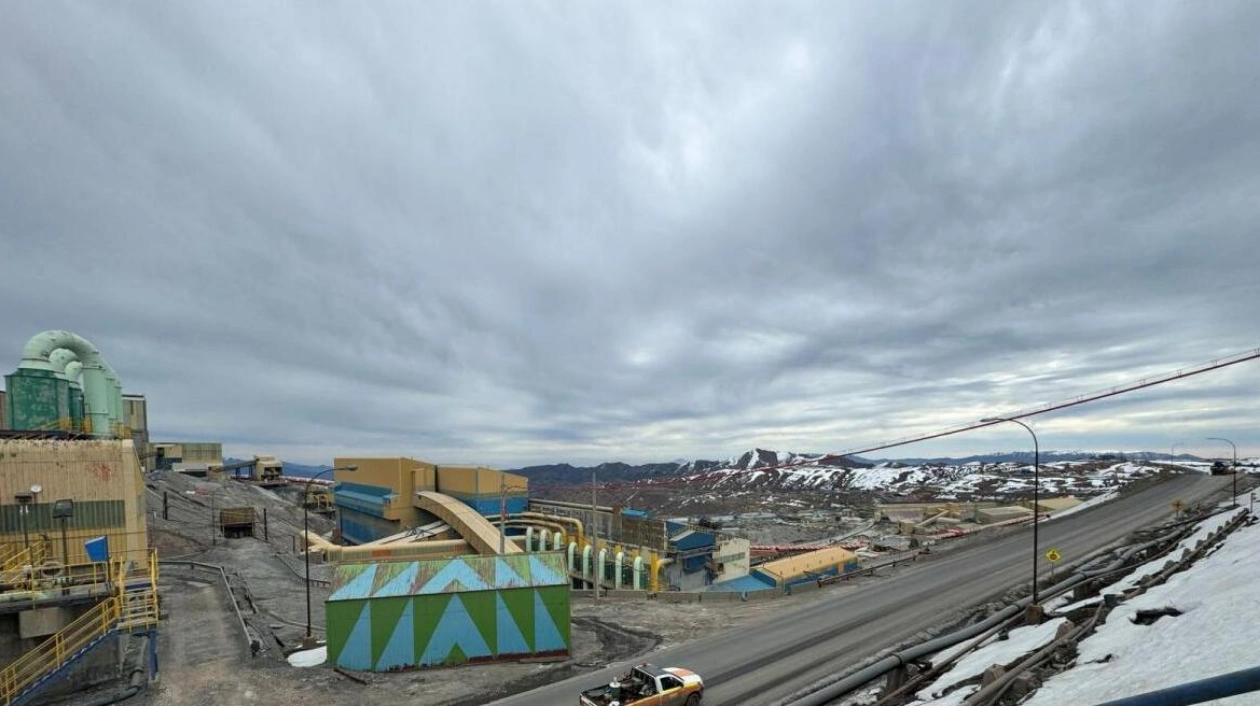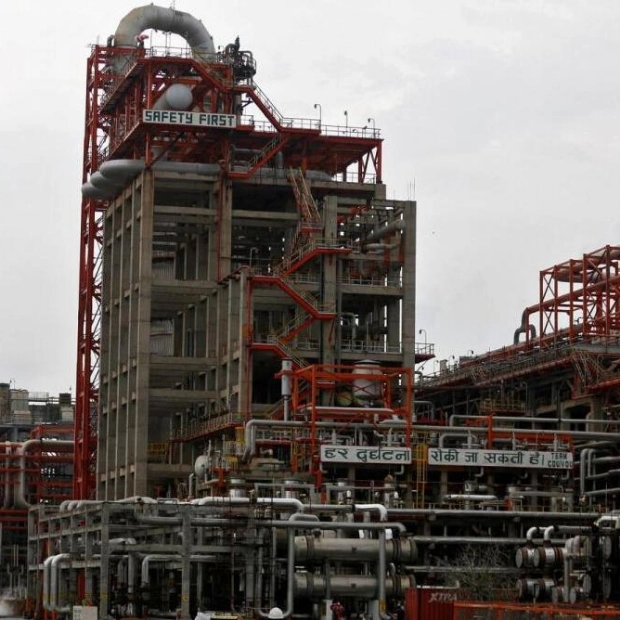Investors who have exited the copper market are expected to remain on the sidelines for an extended period, allowing physical market participants to dominate as they anticipate a decline in demand from top consumer China and other regions, which could pressure prices in the coming months. Earlier this year, a surge in fund purchases driven by the expectation of a copper shortage relative to demand led to a significant rally on the London Metal Exchange (LME). This rally intensified as momentum traders joined in, pushing prices to an all-time high of over $11,100 per metric ton in May. Simultaneously, commodity traders were purchasing copper on the LME to fulfill their sales commitments on COMEX, a part of CME Group. However, copper prices have since fallen by nearly 20% due to persistently weak manufacturing activity, which has allowed the physical market to regain control. This has led to consumers delaying purchases and producers and traders supplying excess metal to LME-registered warehouses.
"Updates on demand and refined production have caused the market to shift to a surplus earlier than anticipated," noted Macquarie analyst Alice Fox, who forecasts copper surpluses of 265,000 metric tonnes this year, 305,000 tonnes in 2025, and 436,000 in 2026. Fox anticipates a potential price recovery in the fourth quarter if exchange stocks are reduced. "However, without a significant boost in global growth to increase demand, the larger surpluses expected in 2025 and 2026 suggest that any rally may be short-lived," Fox added, indicating that prices could drop back towards $8,000. LME copper reached four-and-a-half month lows of $8,714 per tonne in early August, influenced by U.S. recession fears and concerns over the Federal Reserve's high interest rates, which compounded negative sentiment from rising inventories and weak demand. China accounts for over half of the global refined copper consumption, estimated at around 26 million tonnes this year. However, much of the copper used in China is for wiring in exported household goods, and a slump in the housing market and stagnant manufacturing sector in China highlight the challenges facing copper demand.
"If you exclude exports, domestic demand in China appears weak. There is no copper shortage," stated BNP Paribas analyst David Wilson, who predicts a surplus of between 150,000 and 200,000 tonnes this year. "Product fabricators have reduced their stock. If you are a manufacturer and uncertain about demand and export prospects, you are unlikely to aggressively restock." Data from the International Copper Study Group (ICSG) revealed a copper market surplus of 416,000 tonnes from January to May, debunking the notion of significant deficits this year. Copper inventories in LME-registered warehouses, a last resort market, have surged to five-year highs above 300,000 tonnes, an increase of about 200% since mid-May. Most of this metal was delivered to LME warehouses in Korea and Taiwan, originating from Chinese producers who could not sell domestically and aimed to capitalize on LME prices higher than those on the Shanghai Futures Exchange. Copper stocks in South Korean cities of Busan and Gwangyang and Taiwan’s Kaohsiung, totaling 239,100 tonnes, now make up 78% of total copper stocks in the LME system, up from 31,925 tonnes and 31% on May 16. The threat of a prolonged strike at BHP’s Escondida mine in Chile, which produced nearly 5% of the world’s copper in 2023, raised concerns last week about supply constraints, but a settlement on Sunday alleviated these fears. In the longer term, however, deficits are anticipated due to structural changes in copper consumption driven by new technologies related to AI and the energy transition.
"We continue to view copper as crucial for decarbonization," said Glencore CEO Gary Nagle at a recent briefing. "Investments in AI data centers and renewable infrastructure are very copper-intensive."






